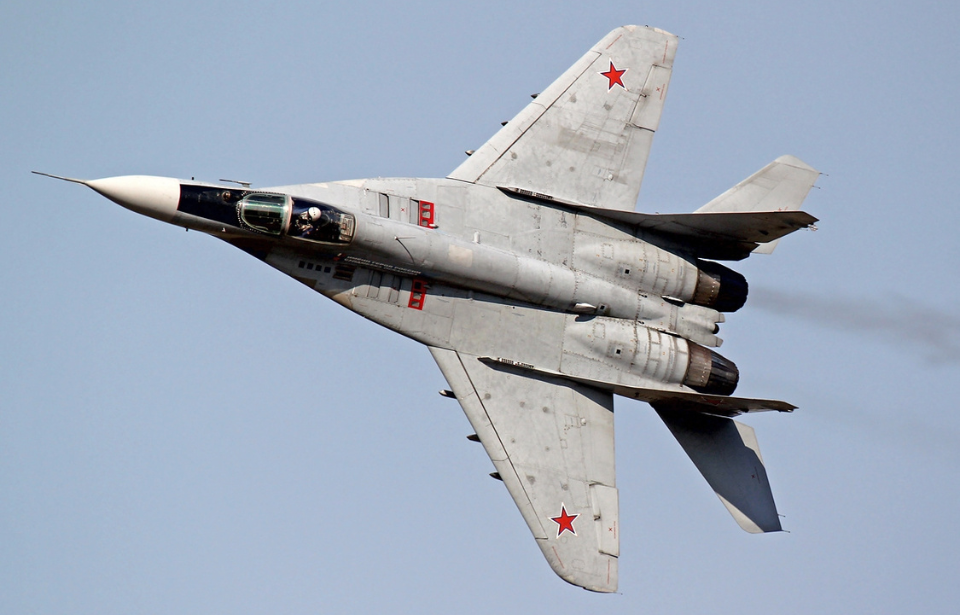State-of-the-art for its time, the MiG-29 featured advanced twin-engine technology, giving it a major edge over older aircraft like the Grumman F-14 Tomcat, as well as other models of the time such as the McDonnell Douglas F/A-18 Hornet.
Development of the Mikoyan MiG-29 Fulcrum
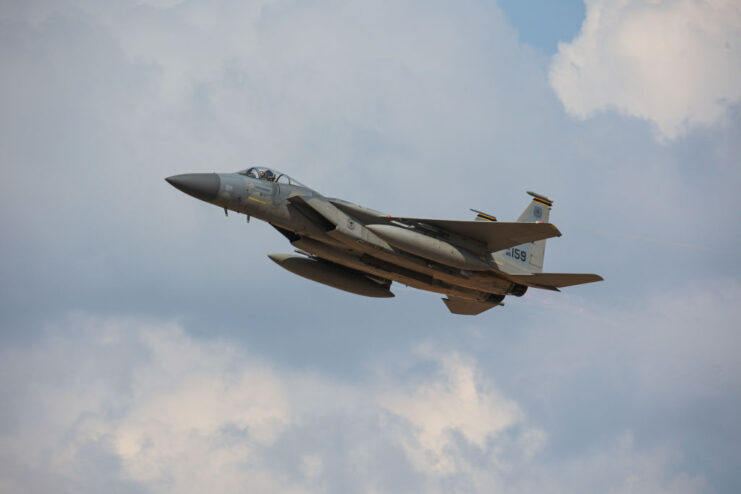
As the Vietnam War continued to rage on in the mid-to-late 1960s, the US Air Force knew it needed to develop a new fighter jet to combat the Mikoyan-Gurevich MiG-15s being supplied to the North Vietnamese by the Soviet Union. In response to what became the McDonnell Douglas F-15 Eagle, the USSR decided to develop an even more high-tech aircraft capable of a long range at Mach 2+ speed, carrying a variety of heavy armaments and complex maneuvers.
These requirements changed when officials determined that the newest Soviet jet needed to have much different specifications, with the biggest change coming in the decision to make the aircraft lightweight.
After years of development and design, what became known as the MiG-29 Fulcrum took to the skies in October 1977, with the aircraft officially entering service with the Soviet Air Forces in August 1983. Still active to this day, a number of upgrades have been applied to the original specs, resulting in quite a few, more advanced variants, including the MiG-29K Fulcrum-D and the MiG-29M Fulcrum-E.
Mikoyan MiG-29 Fulcrum specs
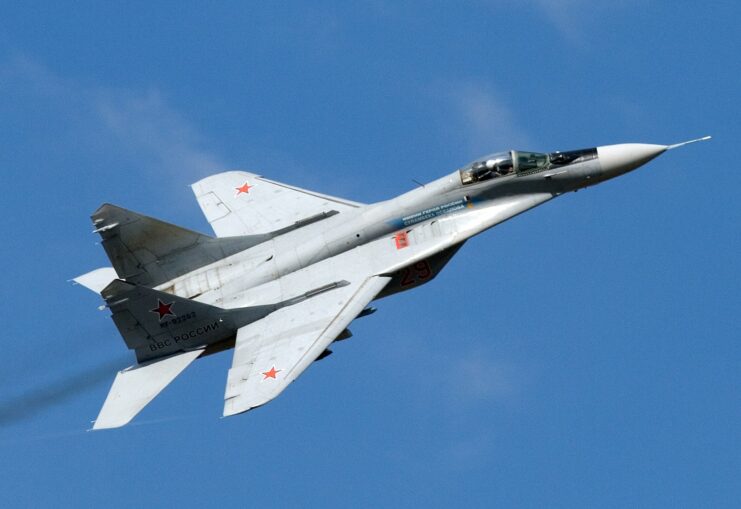
In terms of speed, the MiG-29 can reach up to a maximum speed of Mach 2.3, slightly surpassing its original specifications, and has a range of 890 miles in non-combat scenarios. This performance is driven by two Klimov RD-33 afterburning turbofan engines. However, in combat situations, its range decreases to between 430 and 560 miles.
One of the most notable features of the MiG-29 is its impressive ammunition capacity, allowing it to engage enemy aircraft with missiles from beyond visual range, solidifying its reputation as one of the most powerful fighters ever created. Additionally, it is armed with a 30 mm Gryazev-Shipunov GSh-30-1 autocannon and boasts seven hardpoints for carrying various rockets, missiles, and bombs.
Operational service with the Soviet Union (and, later, Russia)
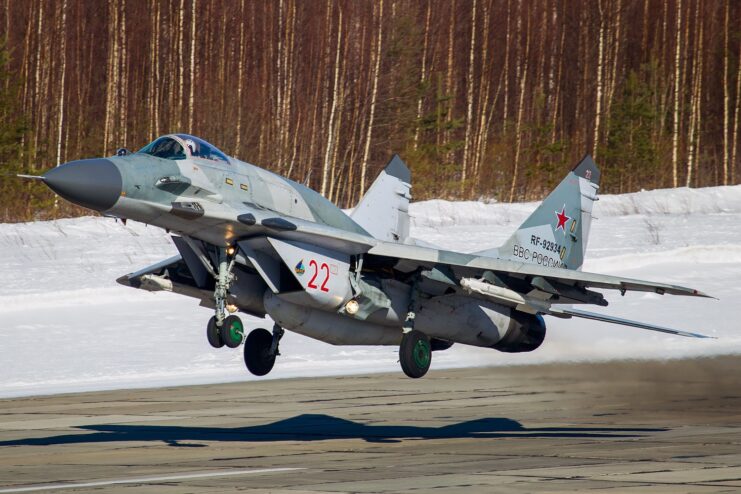
The MiG-29 Fulcrum immediately proved itself to be a superior aircraft upon entering service with the Soviet Union. Capable of taking on virtually any enemy in a dogfight, it continued to serve with the Russian Air Force following the collapse of the USSR, with approximately 600 (original and variants) still being flown by the service.
Despite being several decades old, the MiG-29 hasn’t really seen that much combat with the Russians, with the aircraft largely being flown at airshows, with some crashes reported. That being said, the SMT variant was deployed as part of the Syrian Civil War in 2017, conducting bombing missions and escort duties.
Outside of Russia, another Soviet country to equip the MiG-29 is Ukraine, with whom it has seen much more action. In 2014, the Ukrainian Air Force deployed many during the Russian invasion of Crimea and the War in Donbas. More recently, they’ve taken to the skies as part of the Russo-Ukrainian War, making them a target of Russian missile strikes.
Exported to a number of air forces across the world
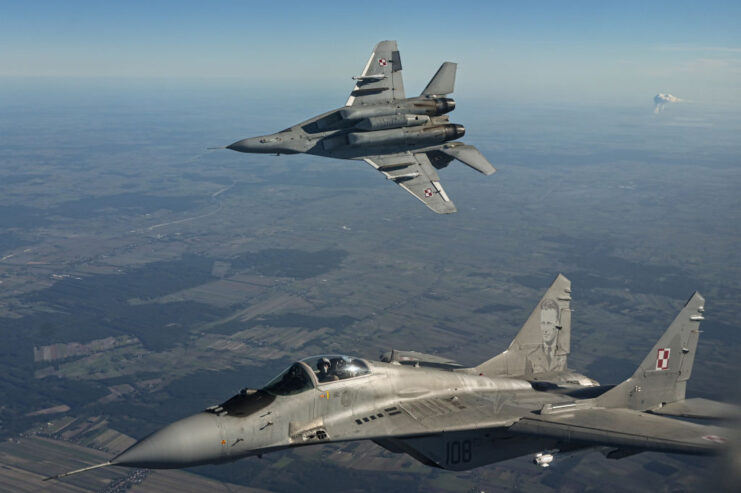
Given its advanced technology and maneuverability, the MiG-29 Fulcrum was on the wishlist of many air forces across the world, with several ordering export models from Russia. The one that was the aircraft’s biggest fan was East Germany, which purchased 24 in the mid-1980s. Following the fall of the Berlin Wall, they were integrated into the West German Luftwaffe, and remained in action until the last was transferred out of Germany in 2004.
India was also a major customer of the MiG-29, becoming the first international purchaser outside of the Warsaw Pact. In 1984, the Indian Air Force ordered 44 units, with more orders being placed as the years went on. The jets saw action during the Kargil War, and they were later upgraded to feature newer technology and weapons capabilities.
At present, countries such as North Korea, India, Iran, Cuba, Bulgaria, Poland and Peru are among those to still fly the MiG-29.
Enduring legacy of the MiG-29 Fulcrum
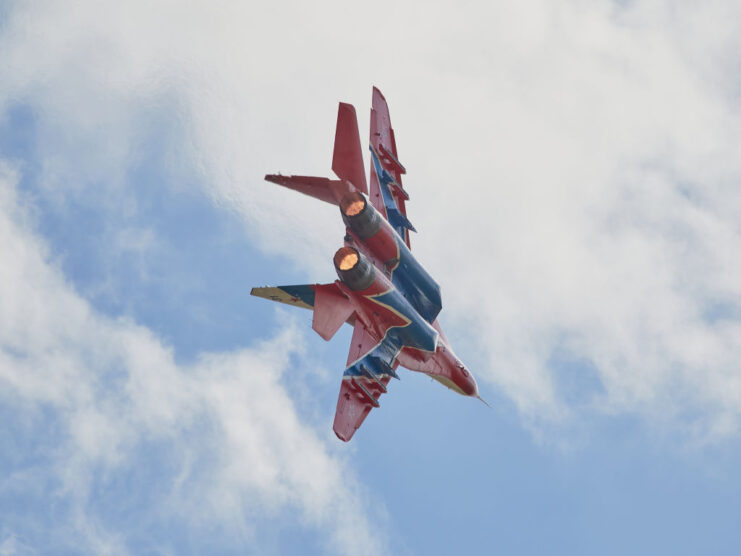
Given its role in aviation history, it’s not surprising that the MiG-29 Fulcrum has left an enduring legacy. Given its robust design, the Russian Air Force continues to operate older variants, many of which have been upgraded to the SMT variant, which features a new and improved engine unit.
More from us: The Magic Engineering Behind Why Early Fighters Didn’t Shoot Their Own Propellers
New! Want to become a trivia master? Sign up for our War History Fact of the Day newsletter!
The aircraft has also influenced the design of newer jets, including the Mikoyan MiG-35, considered to be the fifth generation of multi-role air fighters. The aircraft made its first flight in 2016, and it officially entered service with the Russian Air Force three years later.
